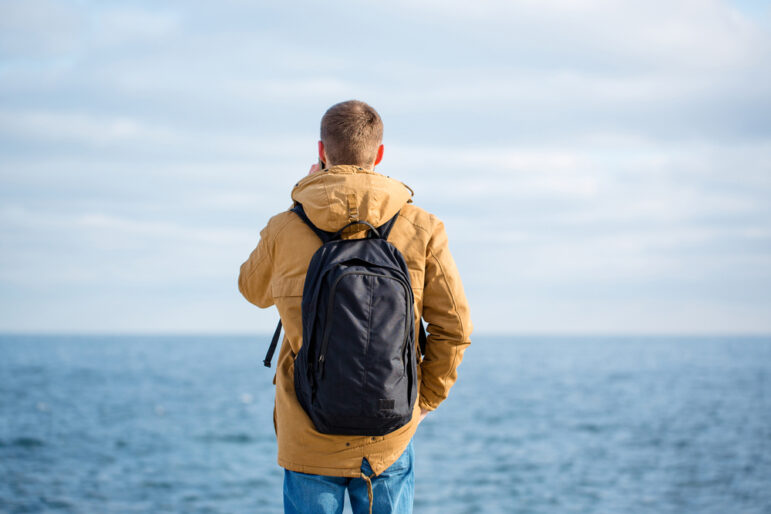
Safety & Security Sustainability
Inside ‘Projekt Helpline’: Germany’s Mental Health Phoneline for Journalists
A dedicated mental health helpline for journalists facing anxiety, stress, and burnout was a long time coming. Can it survive?

A dedicated mental health helpline for journalists facing anxiety, stress, and burnout was a long time coming. Can it survive?
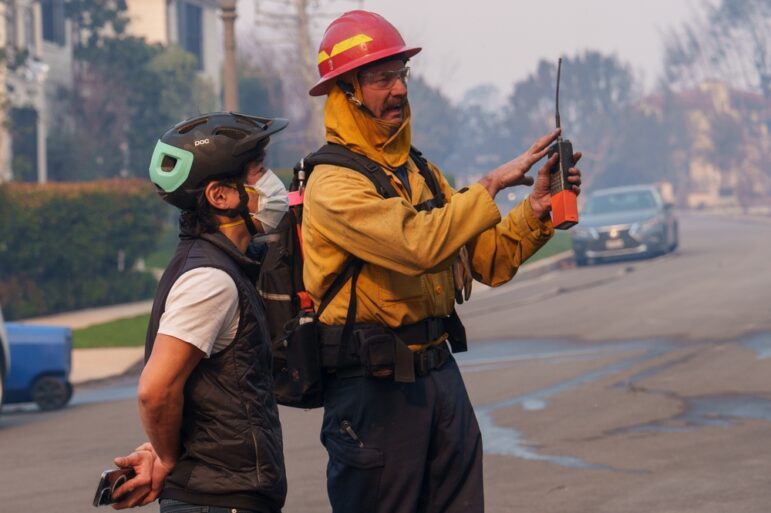
Two California-based journalists offer some reporting best practices, logistical tips, and safety precautions to take when covering wildfires.

Would a group of reporters who knew – for sure – that they were being followed be able to identify the operatives sent to track them?

Sevgil Musaieva on the challenges of reporting during war and the dilemma facing journalists who want to fight for their country.

Brazilian investigative journalist Juliana Dal Piva faced personal and professional ramifications for investigating the powerful.

Veteran journalists share tips on how to monitor online chatter among white supremacists and other far right extremists — and how to stay safe while doing so.

German investigative journalist Bastian Obermayer – who was leaked the Panama Papers documents – explains the art of finding, using, and safeguarding sources.
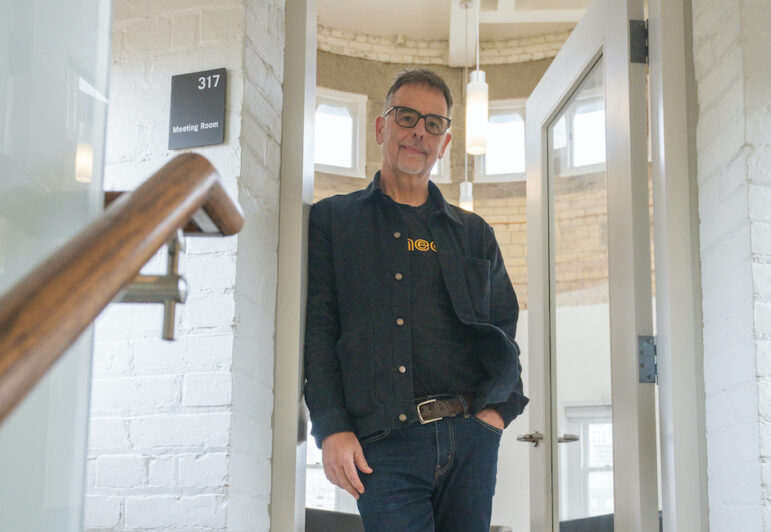
The director of Citizen Lab warns that spyware and a “general descent into authoritarianism” have created a perfect storm for democratic institutions.

Amidst disinformation and numerous attacks on press freedom, investigative reporting has all but disappeared from Peru’s major news outlets, leaving a handful of small nonprofit digital outlets to carry the mantle of accountability reporting.

A panel about the “brave new world” of surveillance at the 2023 IPI World Media Congress in Vienna discusses success stories around the world of journalists and activists pushing back against new and enhanced surveillance methods.

The National Press Club recently hosted a panel of cybersecurity and digital experts to discuss the latest in government internet shutdowns and online censorship — and how journalists can work around these challenges.

Hungarian investigative media outlet Átlátszó and its editor-in-chief, Tamás Bodoky, have become targets in the latest smear campaign by pro-government news outlets, aimed at discrediting what remains of the country’s independent media.

Like spyware, forensic tools can access everything on a phone or computer, but unlike spyware, such tools are in widespread, open usage in democracies as well as more repressive regimes. Their use has accelerated threats to the press while protections and public awareness lag behind.

The Internet of Things can pose many threats to journalists — at home, in the office, and in the field. To help us understand them, a cybersecurity researcher examines these threats across several categories along with real-world examples.

GIJN has partnered with the Centre for Investigative Journalism, the Freedom of the Press Foundation and the Judith Nielsen Institute to offer a unique safety and security training program specifically tailored for investigative journalists and others in watchdog newsrooms. It will be delivered online through hands-on practical training sessions with some of the world’s leading journalism safety trainers.
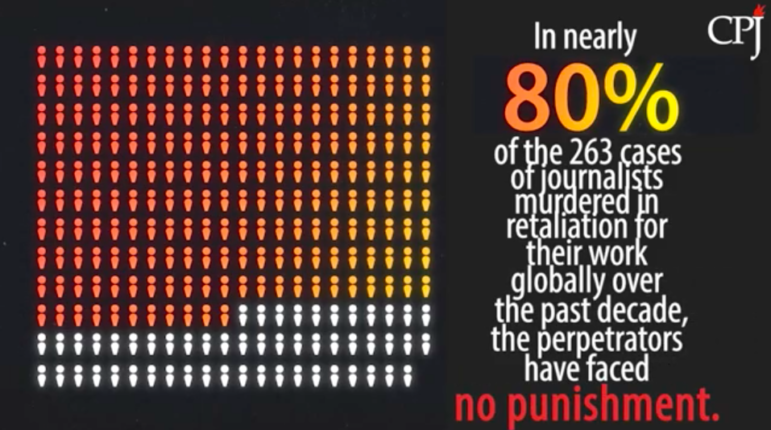
To mark the International Day to End Impunity for Crimes Against Journalists, the Committee to Protect Journalists (CPJ) released its annual report on the state of justice for attacks on the press around the world. It found that no one has been held accountable for 80% of all journalist murders in the past decade.
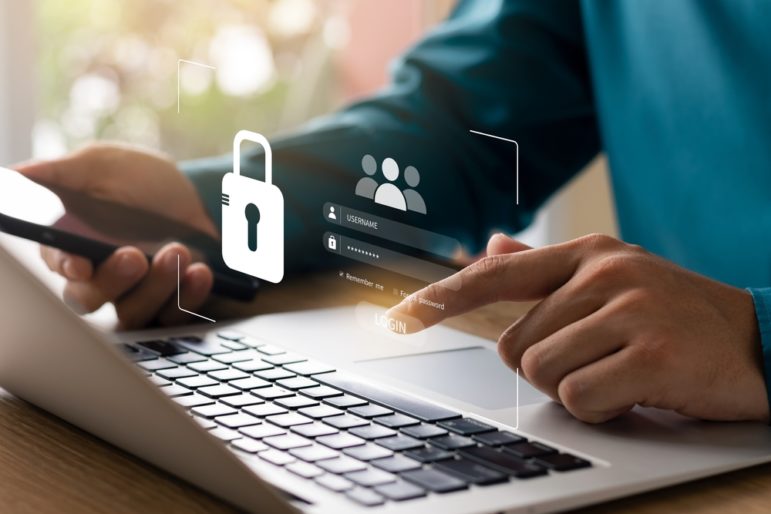
Some of the most significant progress in newsroom information security over the past decade has been in smaller, more recently-formed digital startups — many of them investigative outlets. They are proving they can effectively incorporate strong information security strategies into their highly adaptive and responsive workflows.
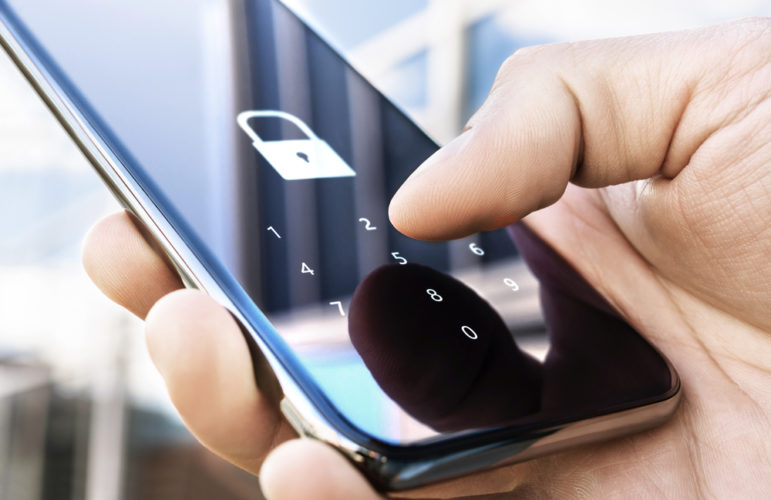
In an era when an investigative reporter’s contacts are often all stored on their smartphone or in the cloud, digital security best practices are paramount to protect your sources.

Due to her tenacity in scrutinizing Brazilian president Jair Bolsonaro’s family’s transactions, reporter Juliana Dal Piva is a constant target of attack by the president’s supporters. Here, she describes the security measures, collaboration, and persistence needed to keep the spotlight on autocrats in repressive environments.
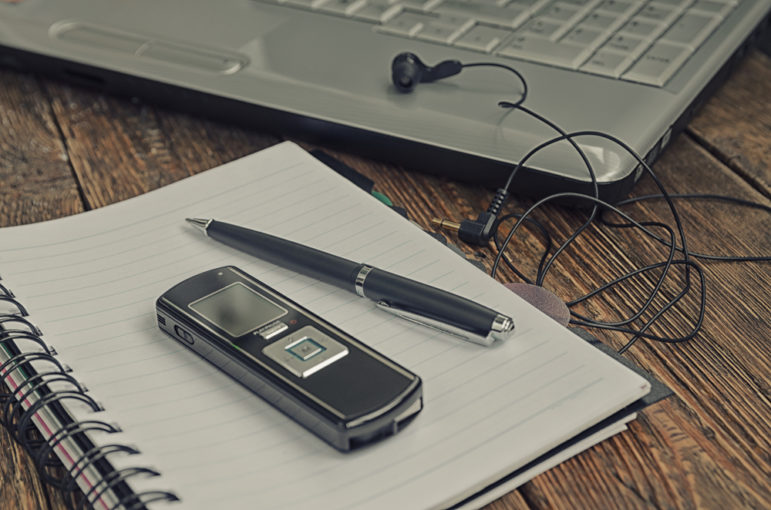
While there is no single service that meets all of our data privacy needs, here two experts unpack security and privacy practices for popular transcription services, weigh when journalists should use remote transcription services, and explore how to minimize risk when working with sensitive audio.

Investigative journalists went all out last year in covering surveillance issues. From a deep-dive into the dark side of pandemic tech in Singapore’s techno-utopia to an in-depth look at how schools are spending thousands on unreliable “aggression detectors” in the name of student safety, global reporters have been holding Big Tech accountable for its role in fueling authoritarianism worldwide.
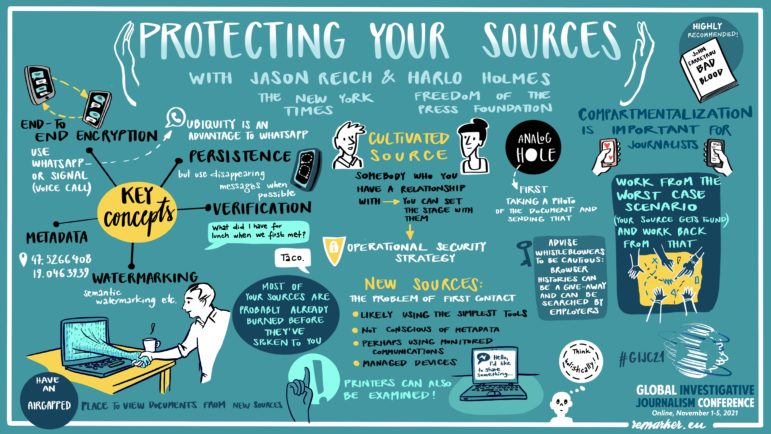
It is vital for journalists to shield their sources, and at a dedicated workshop at GIJC21, two security experts gave practical examples of how reporters can reach out to sources in a way that protects the individuals and wins trust for both journalists and their organization.
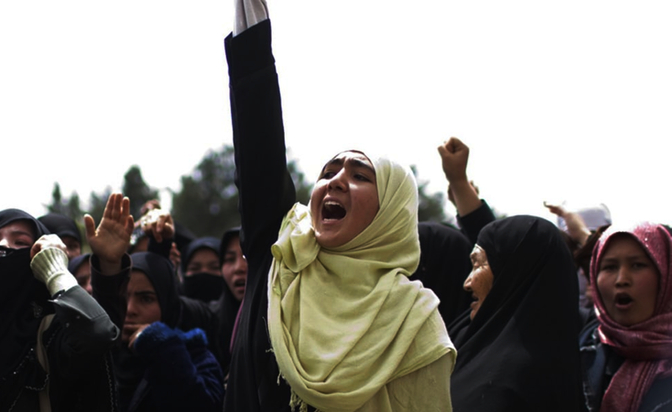
Afghan journalist Zahra Joya, 28, is not hopeful of a bright future for women journalists in her country. In November 2020, she used her personal savings to recruit five women journalists and start Rukhshana Media. They wanted to go around the country and tell the stories of maternal mortality, domestic violence and women’s reproductive health. Since then, they have published stories on the taboo of menstruation, child marriage, street harassment, gender discrimination and what it means to live as a survivor of rape.

The digital security risk to investigative journalism was reaffirmed this month with the release of the Pegasus Project. This involved collaborative reporting by 17 global media outlets on a list of thousands of leaked phone numbers allegedly selected for possible surveillance by government clients of Israeli firm NSO Group. At least 180 journalists are implicated as targets. It also sheds light on four chilling cases profile here.
Investigative reporters around the world are tightening their digital safety habits, out of concern that emergency pandemic laws, new spy technologies, and the lockdown itself have exposed journalists to even greater threats of surveillance and harassment. A dozen reporters and experts interviewed by GIJN agreed that sound digital hygiene was no longer optional for journalists in the COVID-19 world — and offered 10 security tips, including threat modelling, encrypted document transfer, and virtual burner phones.
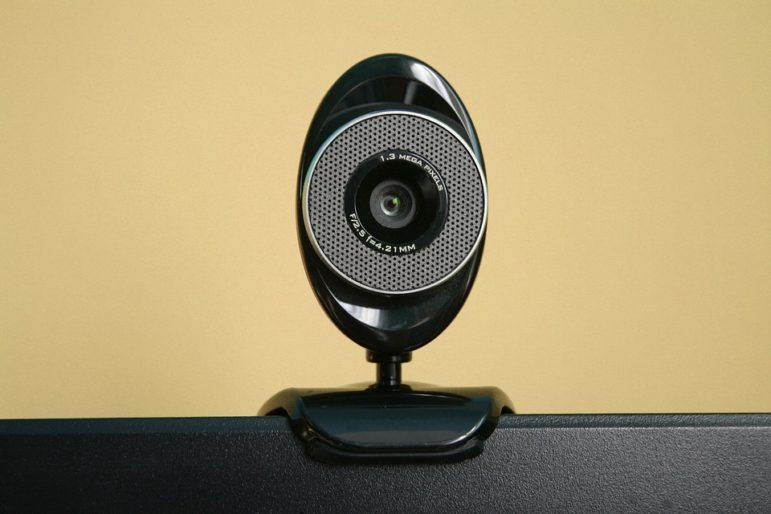
Why do people put stickers over their webcams? It’s well known in tech circles that a camera in a computer or smartphone can be turned on remotely by an attacker with the resources, time and motivation.

Journalists who work in authoritarian environments tend to be under electronic surveillance. Sometimes surveillance is being conducted at a mass scale — rather than directed at a specific target — and is intended to track what journalists in general are doing and what stories they are investigating. Here’s how to assess if surveillance is a potential or actual risk to privacy, personal safety, data security and the identities of sources.

If you’re a low-budget independent news site with few resources, you need to learn how to set up security parameters yourself or find technologists who can work pro-bono. The good news is that there are more than a few pro bono cybersecurity specialists willing to help journalists in distress.